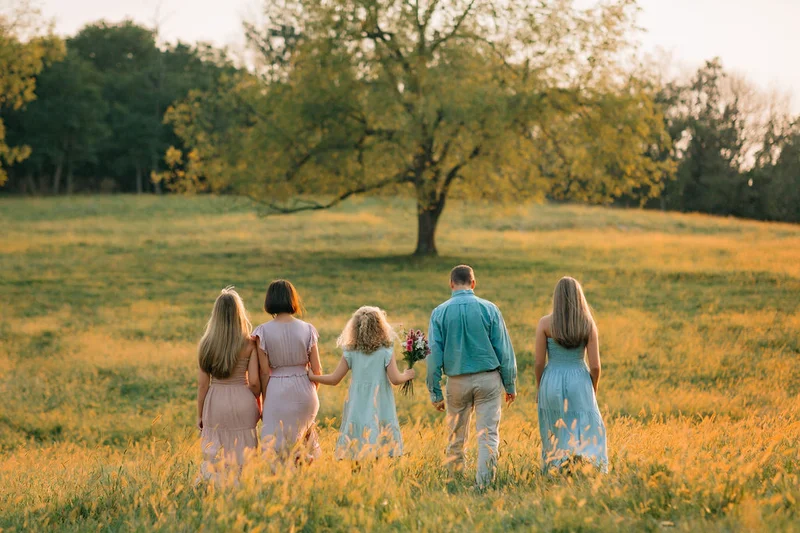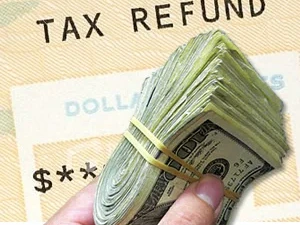The Unquantifiable Risk That Shut Down a 16-Year-Old Business
A business doesn’t just stop. Especially not a successful one.
On October 29, Liberty Mills Farm—a 16-year-old agritourism staple in Orange County, Virginia, lauded by national publications like USA Today—abruptly ceased operations for the season. The gates were closed on its celebrated corn maze and pumpkin patch, and the owners, Kent and Evie Woods, announced they would spend the winter evaluating if they would ever reopen.
The public-facing narrative is an emotional one, centered on a single, ugly confrontation with a group of visitors on October 25. The owners' statement details threats of violence, accusations of racism, and a general sense of being pushed past a breaking point. It’s a compelling story, but it’s incomplete. A single event, however stressful, is rarely the true cause of a total system shutdown. It is the catalyst. It is the final data point in a long trend line that has been heading toward zero.
The real story here isn't about one bad Saturday. It's a case study in the depreciation of an intangible asset and the failure of a business model to account for a critical, uninsurable risk: the declining predictability of public behavior.
The Cumulative Cost of Friction
When you analyze the Woods' own statement, the conclusion is clear. The incident on October 25 wasn't an outlier; it was the culmination of a long-tail risk that had been compounding for years. They list a history of operational "friction": intoxicated college students damaging the corn harvest, visitors trespassing, arguments over closing times, and dangerous behavior in activity areas. Each of these events is a small, negative entry on the business's ledger. Individually, they are manageable costs of doing business. Cumulatively, they represent a significant drain on the most finite resource of all: the owners' will to continue.
Let's introduce two critical variables the initial narrative overlooks: Kent Woods is 70, and Evie Woods is 63. This is not a young couple with infinite energy and a high tolerance for risk. This is a couple at or near retirement age. Their decision to close isn't a business failure; it's a personal risk-management calculation. The "return on investment" for absorbing this level of stress has plummeted. I've analyzed hundreds of corporate filings and business closures, and this pattern is common. The official reason is often a single event, but the underlying data always points to a slow erosion of the operational thesis.
For 16 years, the Woods operated a successful enterprise (it’s worth noting their national accolades, which confirm this was not a financially failing entity). But the model was predicated on a social contract—an unwritten agreement that visitors would exchange money for a pleasant experience within a framework of mutual respect. What happens when a small but potent percentage of the customer base no longer abides by that contract? The entire model becomes unstable.

Think of their business like an investment portfolio built for a low-interest-rate environment. For years, it delivered steady returns. But when the environment changes—when public-facing friction becomes the new, higher "interest rate"—the old strategy is no longer viable. The cost of doing business, measured not in dollars but in stress and safety concerns, has fundamentally changed.
The Goodwill Asset's Sudden Devaluation
The core asset of a business like Liberty Mills Farm isn't the corn or the pumpkins. It's "goodwill"—the expectation of a positive, safe, and respectful interaction between the business and its customers. This is an asset they spent 16 years building. On October 25, they discovered just how quickly that asset could be devalued by a liability they couldn't control.
According to reports like Liberty Mills Farm closing corn maze and pumpkin patch after threatening incident, the encounter involved a visiting group who felt they were treated badly and the owners who felt they were threatened. Orange County deputies were called. We have conflicting, anecdotal accounts from both sides. As an analyst, the objective truth of the encounter is almost irrelevant to the business outcome. The critical takeaway is that the situation escalated to a point where the owners felt physically unsafe and the customers felt disrespected. For a small, family-run business that trades on creating happy memories, the mere existence of such a high-stakes, confrontational event is a catastrophic failure.
It’s like running a software company by giving everyone the source code and just asking them nicely not to inject malware. For a long time, it might work. But eventually, a few bad actors will exploit the vulnerability, and the cost of cleaning up the damage will far exceed the revenue generated from the well-behaved majority. The Woods were forced to confront the fact that their operating system had a critical, unpatchable security flaw.
What is the true cost of a customer shoving a phone in your face and threatening violence when you are 70 years old? There is no spreadsheet column for that. What is the ROI on a business that requires you to absorb accusations of racism? These are unquantifiable liabilities. The Woods' statement says it all: "The anger directed towards our family and staff, the loss of sleep and continuous stress are not worth continuing operations." This isn't an emotional outburst. It's the coldest, most rational business assessment they could possibly make.
An Uninsurable Risk
This is not a story about a farm closing. It's a flashing red indicator for any small business that relies on the public's good graces. You can buy insurance for a flood, for a fire, for crop failure, or for employee injury. But you cannot buy a policy that protects you from the psychological and physical cost of public rage.
The Woods didn't make an emotional decision; they made a calculated one. They identified a risk with potentially infinite downside—personal harm, reputational damage, endless stress—and decided the only logical move was to liquidate the operation. They exited their position.
The question this leaves for thousands of other small, public-facing businesses is a deeply unsettling one. At what point does this uninsurable risk become the single biggest liability on your balance sheet? And by the time you can quantify it, is it already too late?

